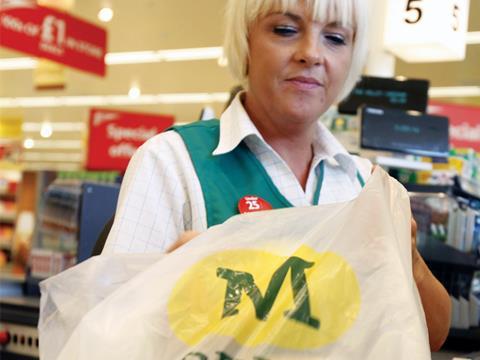
At some point Wall Street traders coined a term for a plummeting stock that experiences a temporary recovery – the “dead cat bounce”.
The theory being that, dropped from far enough of a height, the laws of gravity mean that even a dead cat will bounce to a certain extent.
Morrisons HQ hasn’t had much to smile about over the past couple of years – and they’d be forgiven for being cheered by headlines hailing the supermarket’s first period of sales growth, according to Kantar Worldpanel, since 2013.
Kantar’s Fraser McKevitt said: “A committed core of loyal Morrisons consumers is responding positively to recent initiatives and business has been boosted by online sales.”
But before everyone at Bradford gets too carried away that David Potts is already spearheading a turnaround, they only need to look at rival Tesco to see that recoveries do not necessarily stay on a smooth and improving trajectory.
Earlier this year most of the coverage of Kantar Worldpanel’s market share data was dominated by the “Tesco recovery” narrative. In the 12 weeks ending 1 March 2015 Tesco posted its strongest performance for 18 months with sales up 1.1% and market share stabilising
Many were quick to hail the impact of Dave Lewis’ brand-focussed pricing blitz and renewed concentration on Tesco’s core UK supermarket trading when sales were up earlier this year.
However, this month Kantar tells us Tesco was the second worst performing of the big four with 12-week sales down by 1.3% and market share dropping by 0.4 percentage points to 28.6%.
That doesn’t suddenly mean that Lewis’ strategy suddenly isn’t working or that Tesco’s recovery is a mirage. But it does mean that in the current chaotic retail market a period of sales stabilisation will be similarly bumpy and fragile.
The same applies to Morrisons and any recovery must also be seen in the context of its disastrous 2014. Given its spectacular sales falls over the past couple of years, it was always more likely than not that they would begin to stabilise to some extent – just as the 30%+ growth of the discounters was similarly unsustainable.
At some point the dead cat would stop falling.
So Morrisons 0.1% sales growth over the 24 May 2015 needs to be viewed in the context of its 3.9% sales collapse in the 12 weeks to 25 May 2014 – just after it reported a 8.2% fall in first quarter like-for-like sales last year.
Its retention of market share at 10.9% is encouraging, but it still represents a significant two year fall from the 11.6% it had in the corresponding period of 2013 – the largest two year drop of any of the major supermarkets.
Morrisons still faces a long road back and it will be some time before David Potts fully outlines his strategy – let alone that strategy having a material impact on trading performance.
What the positive figures does do for the business is give it a small sense of momentum – something which has been lacking for a long time and is sorely needed with ejection from the FTSE 100 set to be confirmed this week and a potentially stormy AGM on Thursday.
The figures do not represent a step-change in Morrisongs fortunes - but ultimately, in a market where Kantar Worldpanel estimates food deflation is running at -1.9%, any signs of sales growth at all will be more than welcome.







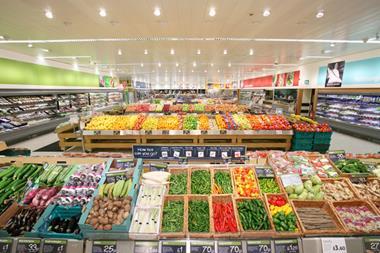
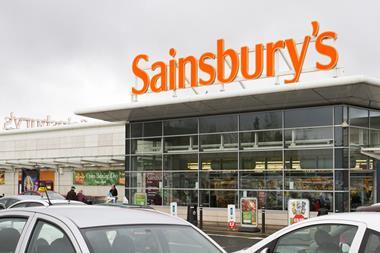
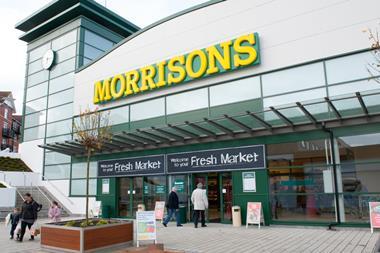

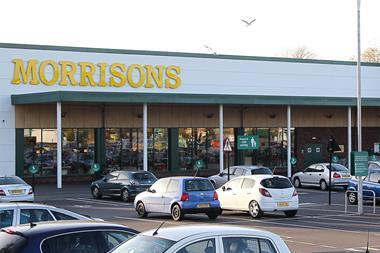
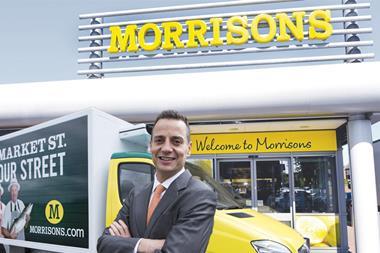






No comments yet